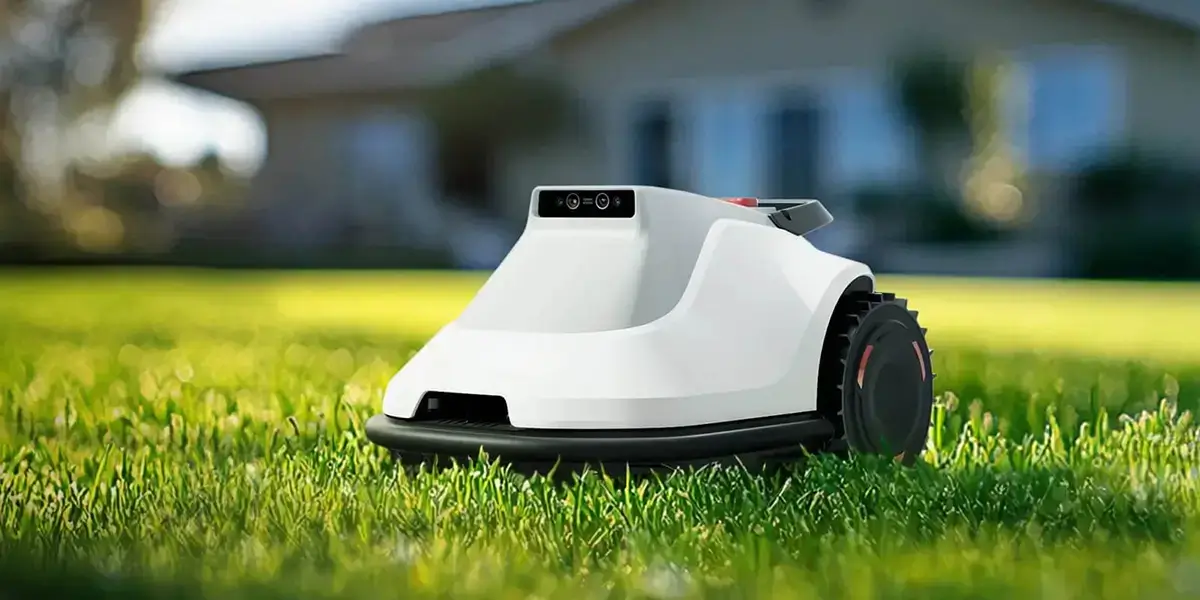part 1:
The Dynamic Duo in Modern Control Systems
In the vast universe of automation and robotics, few components have revolutionized precision and control as profoundly as the combination of PID controllers and DC servo motors. Whether it’s a delicate robotic arm assembling microchips or a high-speed conveyor belt sorting packages, this pairing underpins the ability to execute smooth, accurate, and reliable movements with minimal human intervention.

Understanding the Players: DC Servo Motor
At the heart of many control systems is the DC servo motor—an essential form of an electric motor designed expressly for precise control of angular or linear position, velocity, and acceleration. Unlike simpler motors that just spin when energized, DC servo motors are engineered to perform controlled movements dictated by an input signal.
This capability stems from their construction: typically a permanent magnet rotor and a wound stator, combined with position sensors—often encoders or tachometers—that constantly monitor the motor’s speed and position. This feedback is critical for maintaining the high precision needed in complex operations.
DC servo motors are valued for their excellent torque-to-inertia ratio, rapid response, and ease of control, making them perfect for applications where accuracy is paramount. They come in various configurations, including brushed and brushless variants, each offering unique advantages in terms of lifespan, maintenance, and efficiency.
The Brain: PID Controller
While the servo motor forms the muscle, the PID (Proportional-Integral-Derivative) controller is the brain that ensures it strikes the perfect balance between speed, accuracy, and stability. PID control is perhaps the most common and versatile feedback control algorithm used in industrial automation.
Here’s how it works: The PID controller receives a reference input—the desired position or velocity—and compares it to the actual measurement obtained from the motor’s sensors. The deviation, or error, guides the control action. The three components of PID work together:
Proportional (P): Reacts proportionally to the current error, generating an immediate response. The larger the error, the stronger the response. Integral (I): Accounts for the accumulation of past errors, helping eliminate steady-state offsets and ensuring the motor reaches the precise target over time. Derivative (D): Predicts the future trend of the error, damping oscillations and improving stability.
By tuning the weights of these three components—known as PID parameters—engineers can tailor the response to specific applications, balancing speed and accuracy while avoiding issues like overshoot or oscillation.
Why Combine PID and DC Servo?
The synergy of PID controllers with DC servo motors addresses a fundamental challenge: achieving real-time, highly precise movement control in dynamic environments. The feedback loop ensures continuous adjustment based on actual vs. desired positions, making the system adaptable to disturbances or load variations.
For example, in robotic arms used in manufacturing, sudden weight changes or external forces can disturb movement. A PID-controlled servo can compensate instantly, maintaining exact positioning without human re-tuning. In CNC machinery, this setup guarantees smooth cuts and precise dimensions—essential for high-quality production.
Moreover, the modular nature of this control architecture allows for flexibility. Whether you need rapid response for high-speed applications or stabilization for delicate tasks, tuning the PID parameters makes it possible to adapt the system seamlessly.
Applications Across Industries
This pairing isn't confined to laboratory settings; it's thriving in real-world scenarios across industries. Here are some notable uses:
Robotics: Precise joint movements, dynamic object manipulation, and autonomous navigation depend on finely tuned PID-DC servo systems.
Aerospace: Flight control surfaces and satellite positioning systems rely on the robustness of this control mechanism.
Manufacturing: Automated assembly lines, CNC machines, and packaging equipment use servo-PID systems to optimize speed and accuracy.
Medical Devices: Surgical robots and diagnostic machinery benefit from the delicate control enabled by this technology.
Consumer Electronics: Camera stabilizers and 3D printers use small-scale servo systems powered by PID control for smooth operation.
Challenges and Innovations
Deploying a PID controller with a DC servo motor isn't without challenges. Proper tuning of PID parameters can be complex, especially in systems with non-linear dynamics or varying loads. Over-tuning may cause oscillations, while under-tuning can lead to sluggish responses or positional errors.
Recent advances are making this process more straightforward. Modern control algorithms incorporate adaptive and fuzzy logic control, which dynamically adjusts PID parameters on the fly, enhancing response versatility. Machine learning techniques are also being explored to optimize control strategies through data-driven insights.
Simultaneously, hardware improvements—such as high-resolution encoders and more sophisticated motor drives—have enhanced the capabilities of servo systems, making tight control feasible even in highly demanding environments.
In Sum
The harmonious interplay between PID controllers and DC servo motors exemplifies the elegance of modern automation. This combination delivers a blend of precision, responsiveness, and robustness that powers countless technological marvels. As control theories evolve and hardware advances, the potential for even smarter, more adaptable servo systems continues to expand.
Established in 2005, Kpower has been dedicated to a professional compact motion unit manufacturer, headquartered in Dongguan, Guangdong Province, China.




































